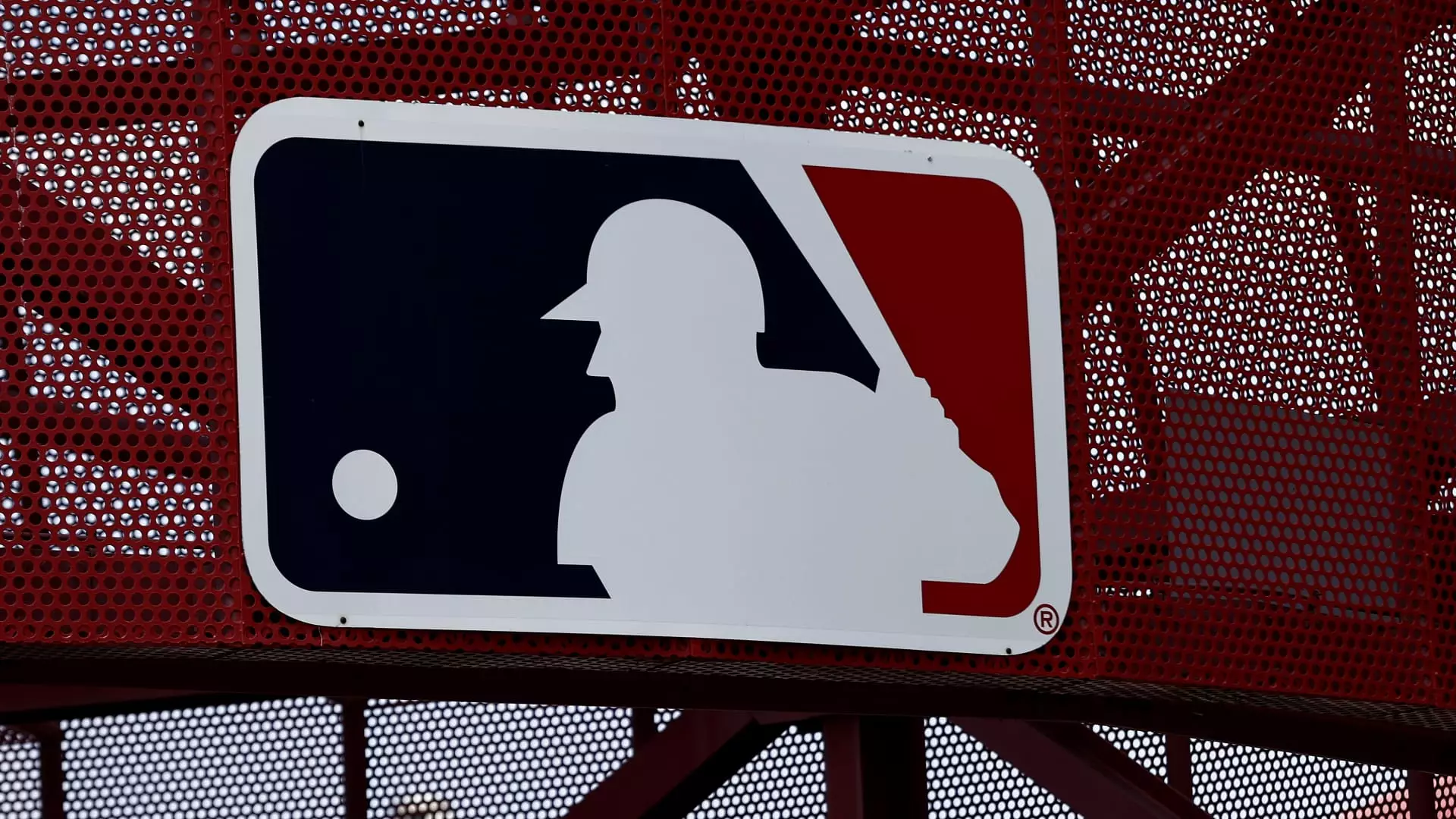The recent turmoil faced by Diamond Sports Group, which stands as the largest owner of regional sports networks in the United States, raises alarm bells across the sports broadcasting landscape. Major League Baseball (MLB) and the Atlanta Braves have expressed significant concerns over Diamond’s proposed reorganization plan, questioning not only its feasibility but also its potential to guarantee a stable future. Their shared apprehensions underscore a larger narrative about the shifting dynamics of sports media rights and the challenges faced by traditional broadcasting amidst evolving consumption patterns.
A recent filing in bankruptcy court revealed the depth of skepticism held by both MLB and the Braves regarding Diamond’s restructuring efforts. Both entities indicated that they harbor “grave concerns” regarding the company’s financial future, suggesting that the existing plan may lead to yet another financial crisis. It is particularly telling that these institutions, which have a vested interest in Diamond’s success, are calling for greater transparency in the current proposed plan, expressing a belief that the vague nature of the documentation leaves much to be desired.
The document in question, containing 181 pages dispersed across 20 different files, suffers from an apparent lack of clarity. This lack of transparency is alarming in the context of a business that manages significant sports broadcasting rights, which are hinging on their operational viability. The concerns voiced by MLB and the Braves spotlight the fragility of the current model that Diamond is operating under, particularly in light of the rapid advancements in digital streaming and an increasingly fickle viewer base.
The Challenge of Confidentiality and Transparency
The tension is compounded by Diamond’s attorneys citing confidentiality agreements with distribution partners, which limit the breadth of information that can be divulged. This creates a frustrating scenario where key stakeholders are left in the dark regarding a company that holds significant media rights. Furthermore, both MLB and the Braves are keen to better understand Diamond’s proposed commercial collaboration with Amazon, which has the potential to restructure how regional sports are consumed. However, discussions on this front remain nebulous at best, indicating a disconnect between the company’s strategic direction and the expectations of its stakeholders.
A central point of concern revolves around Diamond’s direct-to-consumer (DTC) strategy, particularly as traditional cable subscriptions continue to dwindle. With consumers increasingly favoring streaming infrastructure over traditional cable, it is vital for Diamond to articulate a robust DTC plan that aligns with modern viewing habits. The hesitation and lack of clarity surrounding this strategic pivot raise significant questions about Diamond’s adaptability in a changing marketplace.
In discussions around previous agreements, MLB’s persistent inquiries into Diamond’s financial health and agreements point to a broader anxiety regarding the regionally-focused sports media landscape. For instance, the naming rights deal struck with FanDuel is just one example of the type of financial arrangements that invites scrutiny from industry stakeholders. These deals must not only be lucrative but also sustainable in an environment where fan engagement and viewing patterns are in constant flux.
The Braves’ Position and Market Dynamics
Notably, the Atlanta Braves have a critical role in this evolving drama, especially after being carved out as a standalone entity under Atlanta Braves Holdings, separate from John Malone’s Liberty Media. The Braves’ stance on their existing contract with Diamond is intriguing; they are not severing ties but are instead calling for greater assurances regarding the company’s strategic path. The balance between partnerships and independence is a nuanced conversation that speaks to larger industry trends regarding network ownership and team representation.
The broader implications are evident as other franchises reconsider their relationships with Diamond. This is illustrated by recent outcomes where teams like the Cincinnati Reds have opted to extricate themselves from Diamond’s regional sports network, while others, such as the St. Louis Cardinals, are proactively securing terms for continued partnerships.
MLB and the Braves’ challenges toward Diamond Sports Group highlight the fragile nexus between sports teams, broadcasting rights, and the financial well-being of media entities in an evolving sports ecosystem. As Diamond prepares to address these objections and unveil further details of its reorganization, the stakes are high. The outcome of this saga could have far-reaching effects not only for the stakeholders involved but also for the broader context of sports broadcasting rights in an age defined by digital transformation. How Diamond navigates these turbulent waters will ultimately determine its future viability and the trust placed in it by major sports leagues and teams.

